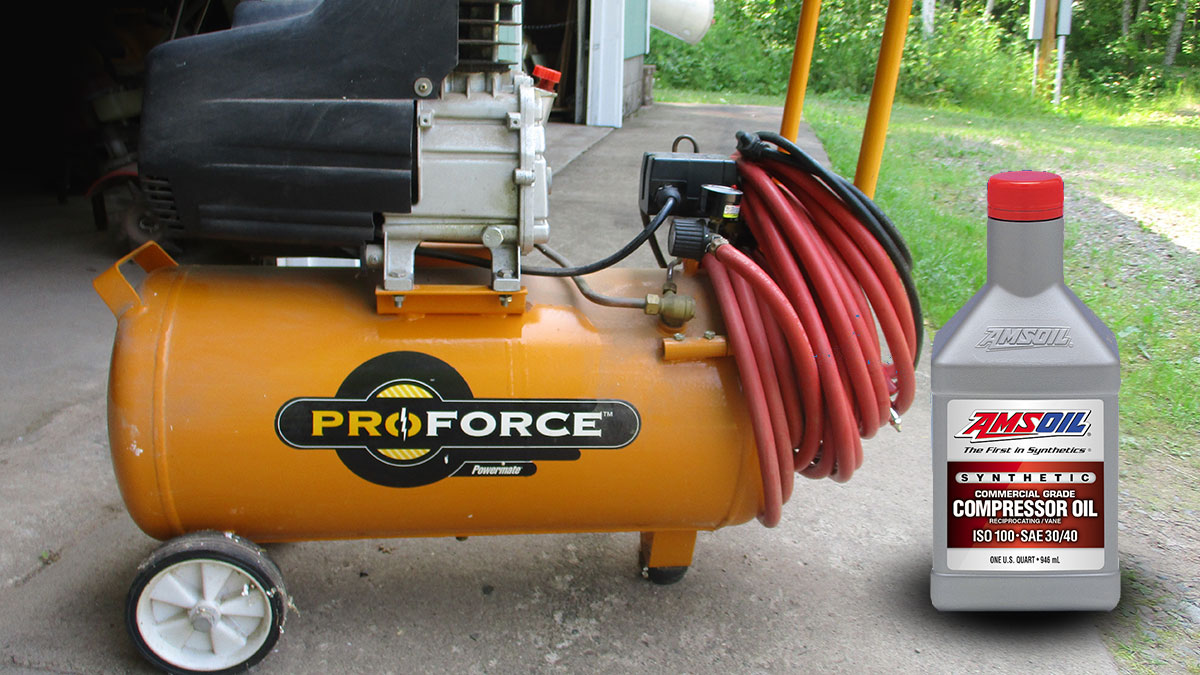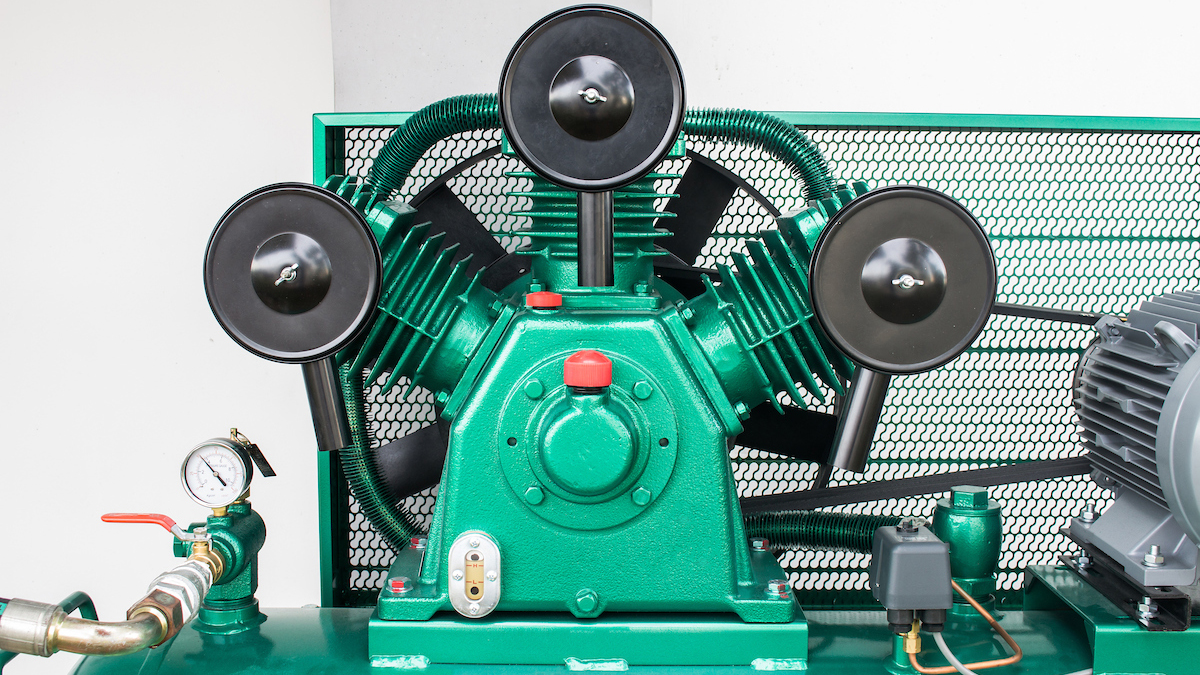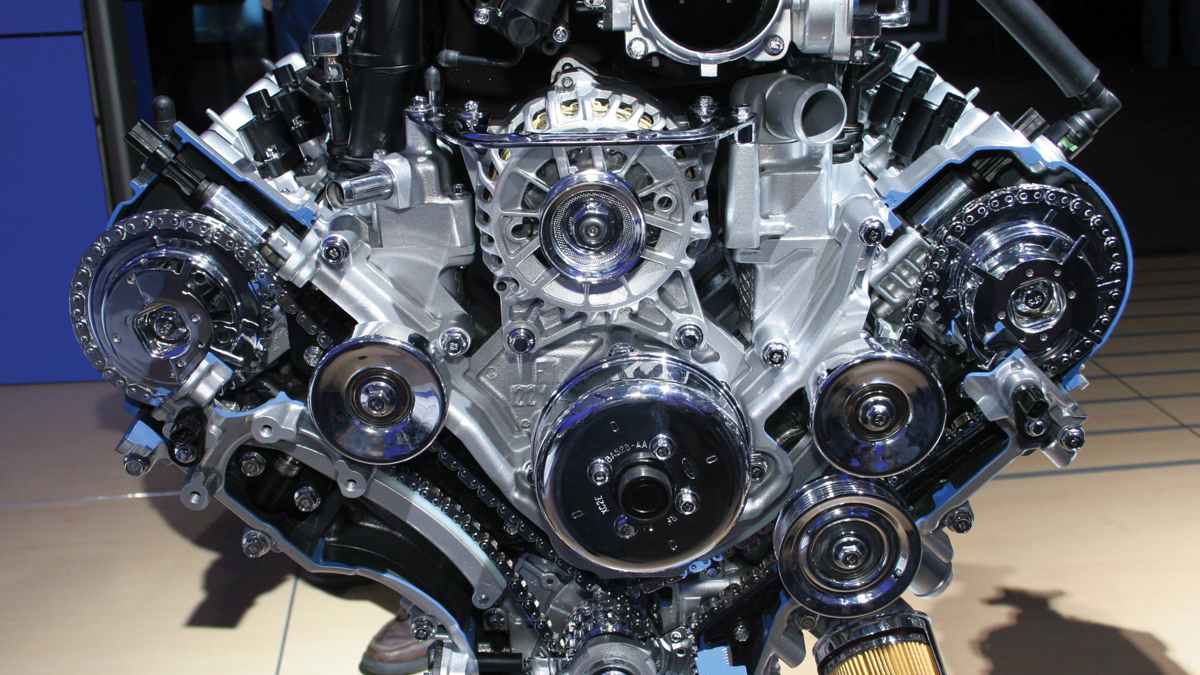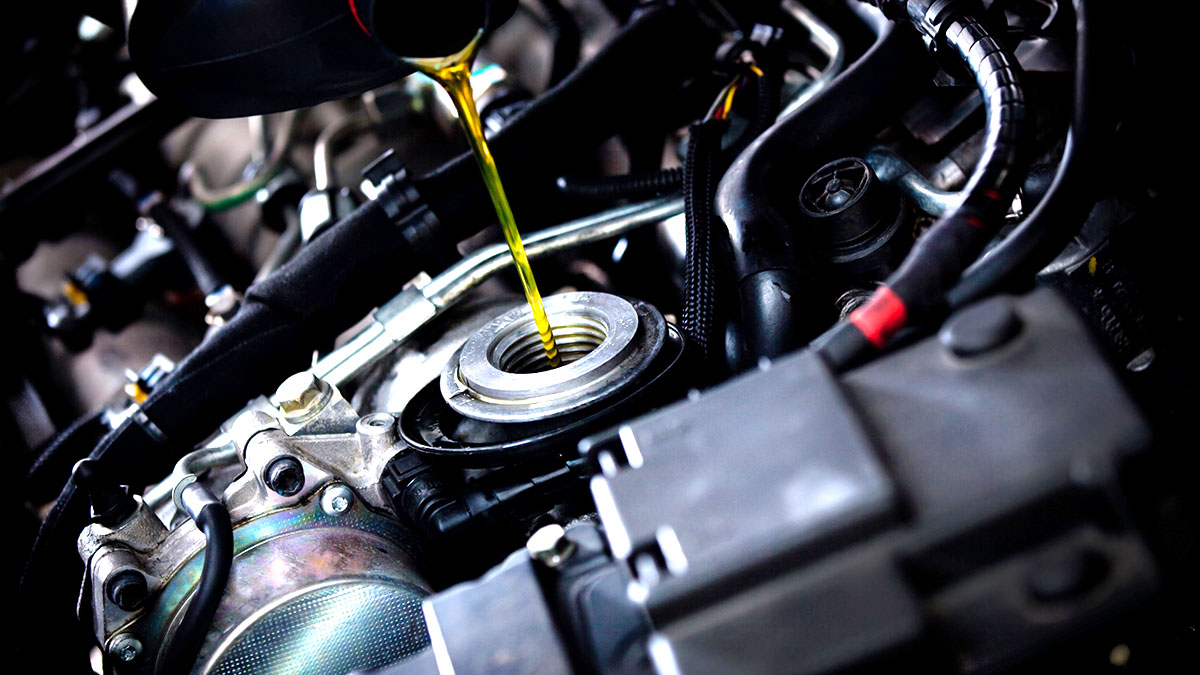Air compressors convert mechanical power from an electric motor or fuel-powered engine into potential energy stored as compressed air, which can be used to power pneumatic tools and equipment, inflate tubes or tires, and even clean the shop floor. Because they may be used infrequently, maintenance is often neglected.
Low-pressure compressors that discharge up to 150 psi (10 bar) are commonly found in home improvement stores and household garages and are used primarily for inflation and operating pneumatic tools, including paint sprayers and tools used in automotive repair and construction.
High-pressure compressors can discharge more than 1,000 psi (70 bar) and are typically used in industrial applications like manufacturing.

How compressors work
While there are many types of compressors available, the most common, affordable, and easy to maintain are positive displacement reciprocating compressors, which are typically powered by a motor connected to a pump either directly or by a belt. This is the type of compressor commonly found in home improvement stores.
When the motor turns the pump, a piston creates a vacuum as it travels down the cylinder and pulls air through the inlet port. As the inlet valve closes and the piston travels up the cylinder, air is compressed and pushed through the discharge port and into the tank.
The tank is filled with compressed air until it reaches a preset pressure, at which time the motor and pump shut off until the pressure in the tank drops to a predetermined point and needs to be filled again.
Piston-type air compressor pumps contain a crankshaft, valves, pistons, piston rings and bearings that require lubrication. Like the engines found on push mowers, compressors of this type often rely on a splash lubrication method to protect parts against wear.
Maintenance challenges
Air compressors tend to be used intermittently, so compressor maintenance is also low priority and the oil is rarely, if ever, checked or changed. However, like any other engine, it is important to check the oil level occasionally and top it off as needed to ensure optimum equipment protection and performance.
Compressor oil challenges
The more the pump runs, the hotter it becomes, so compressor oils must be able to reduce friction and dissipate heat. Foam is a byproduct of splash lubrication that can also lead to overheating. Accumulated sludge and varnish can cause valves to stick or leak.
Additionally, water is a natural byproduct of compressed air, often working its way into the compressor oil and leading to rust and corrosion problems in the pump and tank. Finally, units used in cold climates require good cold-temperature lubrication performance for the motor.

AMSOIL Synthetic Compressor Oil
Engineered to meet the tough demands of industrial compressor applications, AMSOIL Synthetic Compressor Oil provides outstanding protection and performance for most compressor applications. It incorporates the highest quality, thermally stable synthetic base stocks and premium non-detergent, ashless additives for maximum protection at high temperatures and pressures, lasting up to eight times longer than conventional oils.
- Reduces varnish, carbon and acid formation to improve efficiency
- Resists viscosity changes from heat and oxidation
- Fights foam to reduce heat, oxidation and wear
- Prevents rust and corrosion
AMSOIL Synthetic Compressor Oil is recommended for use in single and multistage rotary screw, vane, centrifugal and reciprocating compressor crankcases and cylinders, vacuum pumps, pressure washer pumps and other applications such as gears, bearings, blowers and pumps. In compressor applications, drain intervals of 8,000 hours or more can be expected under normal operation, subject to operating conditions and maintenance practices.






Comments
AMSOIL Technical Writer and 20-year veteran of the motorcycle industry. Enjoys tearing things apart to figure out how they work. If it can’t be repaired, it’s not worth owning.
Share: